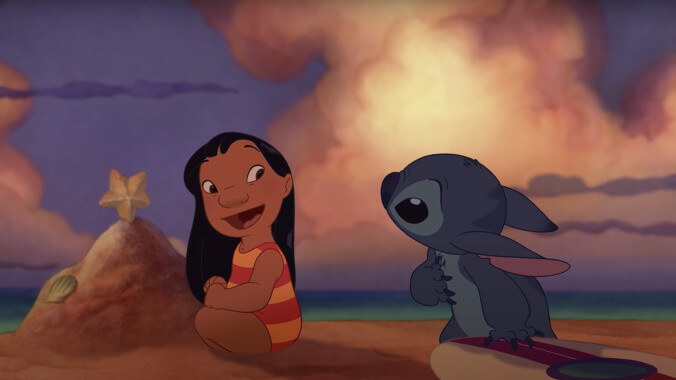Read this: How Lilo & Stitch became the first film to use watercolor backgrounds at Disney in 60 years
The technique had not been used at Disney since the Dumbo days

Disney’s Lilo & Stitch remains an underrated gem of the early 2000s animation era. It’s a heartwarming story on family and belonging featuring a rapscallion alien and a headstrong little girl with immense emotional depth and a great soundtrack. What also makes it stand out from the other animated films of its time is the implementation of watercolors in the animation process, which had not been done at Disney in 60 years (as seen in Dumbo) and has not been done since.
A new oral history from Vulture’s Bilge Ebiri sheds light on all the ways Lilo & Stitch excels, and the many ways it could have been changed completely if not for a lack of oversight. What afforded the film’s creators this much leeway was the studio’s location in Florida and the lower allotted budget, which pushed them out of sight and often out of mind of the coastal elite executives, allowing them to take risks that would not be normally permissible, including the ability to implement watercolor backgrounds exclusively.
It all started when creative director Ric Sluiter took a look at the rounded character styles of Lilo & Stitch, and told co-creators and co-directors Chris Sanders and Dean DeBlois, “The perfect complement to your rounded character style would be the watercolor backgrounds that Disney studios did routinely back in the 1930s.”
“What I found out later is that Ric Sluiter greatly regretted having said that!” Sanders says. “Ric came back and said, “Here’s the thing: Watercolor is going to be really difficult. Nobody’s done this since the 1940s. Nobody even knows what kind of pigments or kind of papers—all those things are gone. They would have to be rediscovered. Also, you have to be like a painting ninja to handle watercolor.”

 Keep scrolling for more great stories from The A.V. Club.
Keep scrolling for more great stories from The A.V. Club.